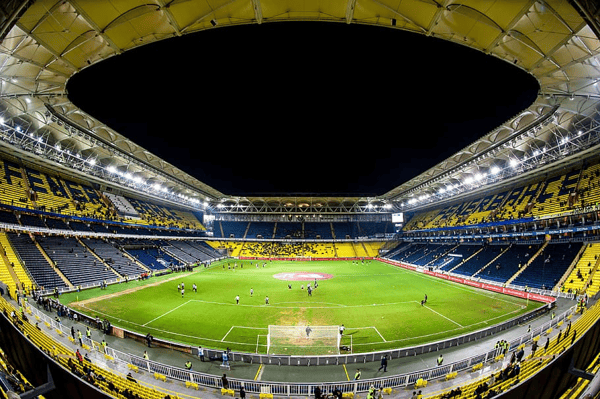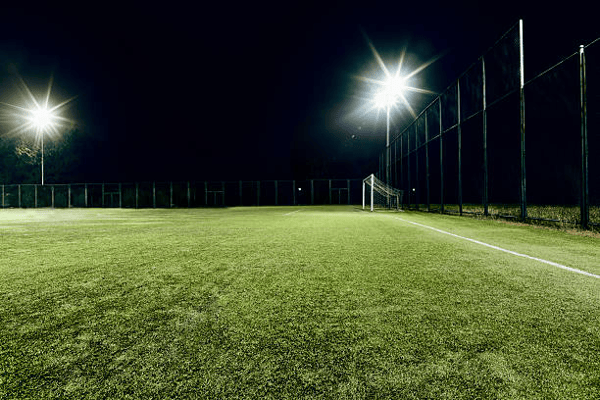10/04/2023
Sports Lighting Regulations: A Guide for Facility Owners and Managers
LED Lighting,
Lighting Education,
Sports Lighting,
Lighting Efficiency,
LED Lighting Benefits,
LED Lighting Guide,
Lighting Maintenance,
Football Field Lighting,
Soccer Field Lighting,
Baseball Field Lighting,
Little League Field Lighting,
Lighting Safety



